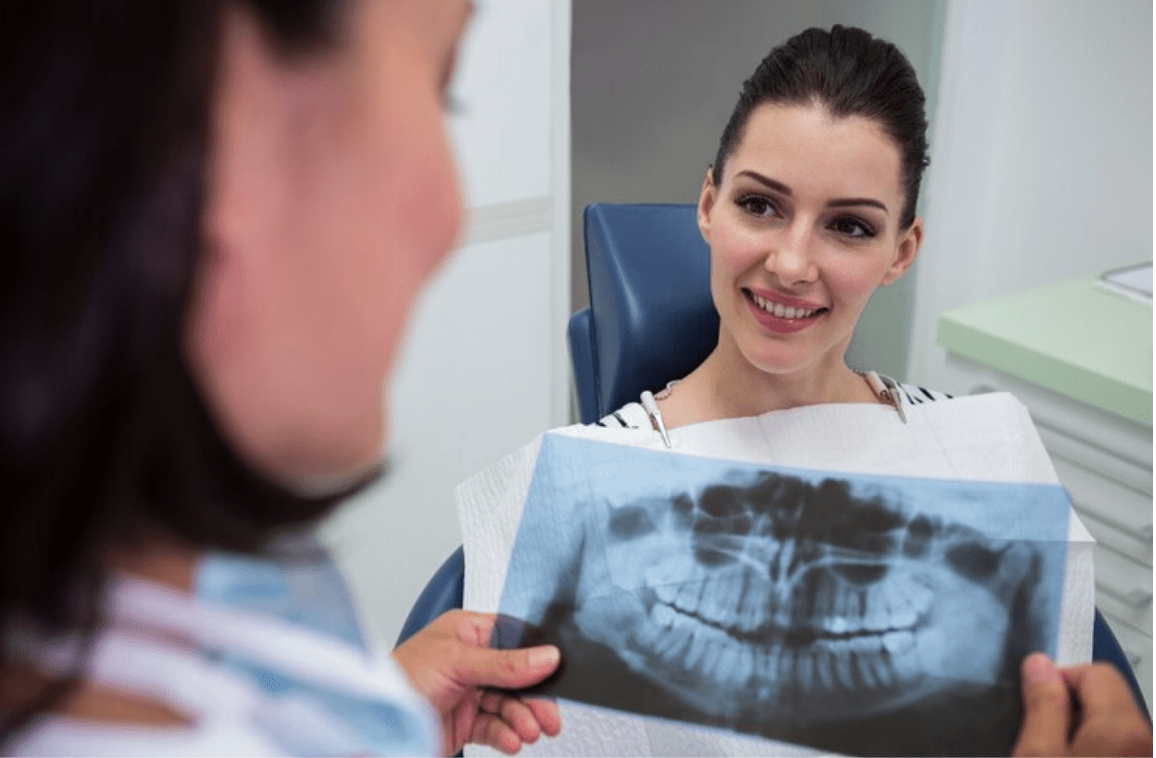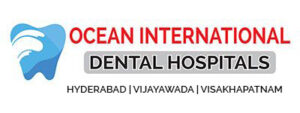A CBCT scan, or cone-beam computed tomography scan, happens to be a type of X-ray imaging that does produce detailed 3D images of the mouth, jaw, nasal, as well as throat areas. The benefits are many.
A CBCT scan proves beneficial to dentists in obtaining a proper overall view of these areas, as well as any dental work required by the patient. CBCT scans use radiation, but they are much less than the CT scans the person is used to. While they do use radiation, they are very safe.
CBCT( Cone Beam Computed Tomography) is a indeed a useful diagnostic tool that has revolutionized the way various scanning protocols are made use of for different medical procedures. CBCT scans are becoming increasingly popular in fields like endodontics, temporomandibular joint (TMJ) analysis, airway evaluation, and dental implant planning.
Advantages of CBCT scans in dentistry
- Quality of imaging – CBCT does provide more views as well as angles of three-dimensional images in order to evaluate more complex structures like bones and soft tissues.
- Lower radiation dose – CBCT scanners do use a cone-shaped X-ray beam and also capture images in a single rotation, thus resulting in a lower radiation dose as compared to traditional CT scans. This does make CBCT a safer option for patients while still providing valuable diagnostic information.
- Early treatment – CBCT aids in early treatment by providing better identification as well as diagnosis of dental abnormalities. This does help with treatment planning.
- During a CBCT dental scan, the person will be sitting comfortably while the imaging machine slowly rotates around the entire head.
- Accurate Diagnosis – The 3D images that have been produced by CBCT technology do allow dentists to diagnose dental problems with higher accuracy.
- Improved treatment planning – CBCT technology does enable dentists to create a detailed treatment plan that takes into account the patient’s unique anatomy. It does help the dentist to plan procedures.
- Reduced Radiation Exposure and Non Invasive – Compared to traditional CT scans, CBCT technology exposes patients to much lower radiation levels.
- Time-Efficient – CBCT scans take only a few minutes to complete, which means patients are out of the dental office quickly.
- Enhanced patient understanding – The 3D images CBCT technology does enable dentists to show patients exactly what is happening inside their mouths.
There are several CBCT advantages that do provide the reasoning behind this type of testing. The main reason is the quality of the imaging. CBCT does provide more views and also angles of three-dimensional images to evaluate more complex structures like bones and soft tissues.

CBCT scanners also make use of a cone-shaped X-ray beam and then capture images in a single rotation, resulting in a lower radiation dose compared to traditional CT scans. This does make CBCT a safer option for patients while still providing valuable diagnostic information.
Another advantage of a cone-beam CT scan is that it does aid in early treatment by providing better identification as well as diagnosis of dental abnormalities. This does help with treatment planning.
The benefits of a CBC scan are manifold, and dentists find it an indispensable tool. It is a tool that enables dentists to plan their treatment.
Summary
CBCT scans are an important part of providing high-quality periodontal care and helping you achieve total dental health. Some key benefits of CBCT scans include:
- Better image quality and accuracy.
- Provides comprehensive information about one’s oral health.
- Comfortable and, of course, quick experience.
- A lower dose of radiation.
- More accurate 3D images.


